
Dezeen's guide to deconstructivist architecture from A to Z
To conclude our deconstructivism architecture series, we round up everything you need to know about the movement from A to Z. More

To conclude our deconstructivism architecture series, we round up everything you need to know about the movement from A to Z. More
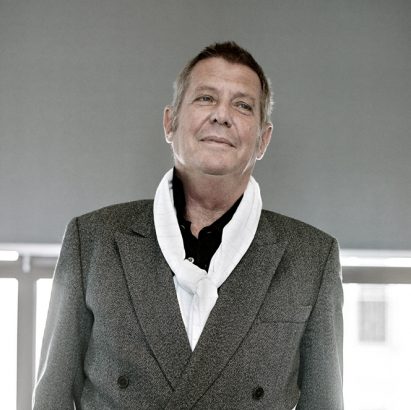
Deconstructivism aimed to break free from the constraints of traditional architectural thinking, says Coop Himmelb(l)au co-founder Wolf Prix in this exclusive interview as part of our deconstructivism series. More

Deconstructivism existed long before the 1970s, writes architecture critic Joseph Giovannini, who wrote the book Architecture Unbound to tell the full history of the style, in this opinion piece as part of our series revisiting deconstructivism. More
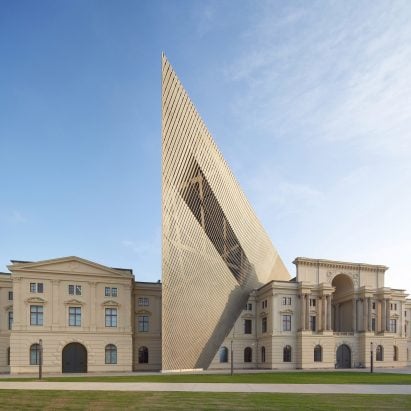
Continuing our series on deconstructivism we look at Daniel Libeskind's extension to the Museum of Military History in Dresden, Germany, which features a pointed steel and glass shard that thrusts through the original building's neoclassical facade. More
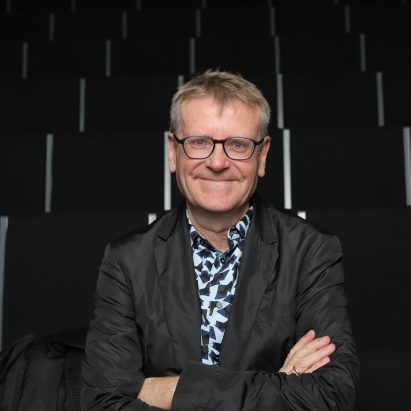
MoMA's seminal 1988 Deconstructivist Architecture exhibition didn't set out to define an architectural style, says its curator Mark Wigley in this exclusive interview as part of our series revisiting deconstructivism. More
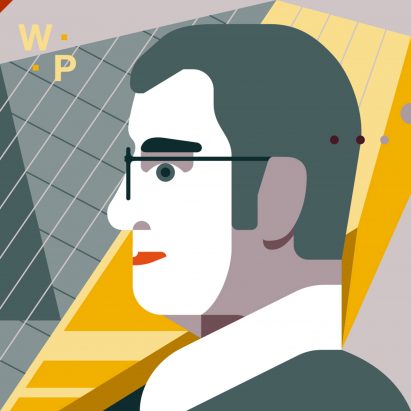
Continuing our series revisiting deconstructivist architecture we profile Wolf Prix, one of the founders and principal of the radical Austrian practice Coop Himmelb(l)au. More
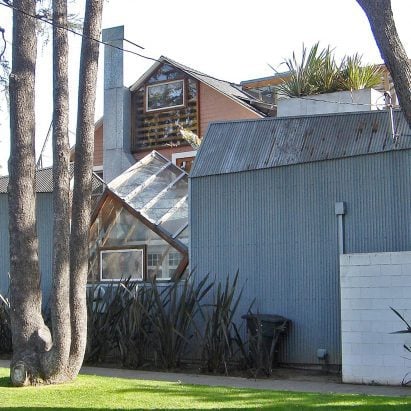
Continuing our series exploring deconstructivist architecture we look at Gehry House, architect Frank Gehry's radical extension to his home in Santa Monica, California. More
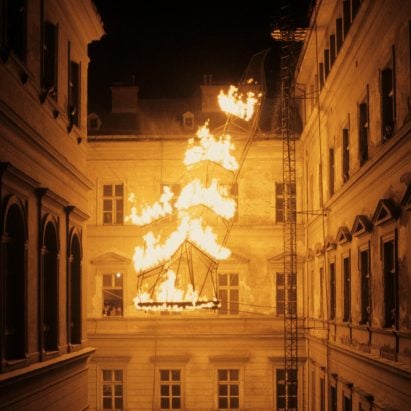
There are lessons to be learned from the dying embers of deconstructivism, says Aaron Betsky in this opinion piece as part of our series revisiting the style. More
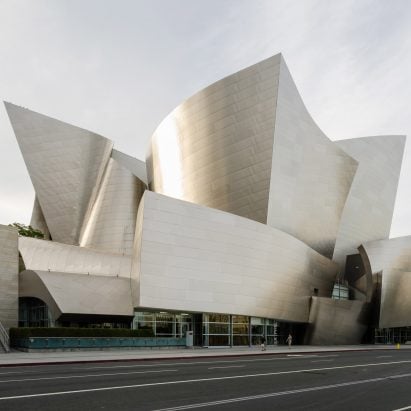
Up next in our deconstructivism series we take a look at the iconic Walt Disney Concert Hall designed by Canadian-American architect Frank Gehry. More

Continuing our series revitising deconstructivist architecture we look at the late Zaha Hadid, the "queen of the curve" who designed the Heydar Aliyev Centre and London Aquatics Centre. More
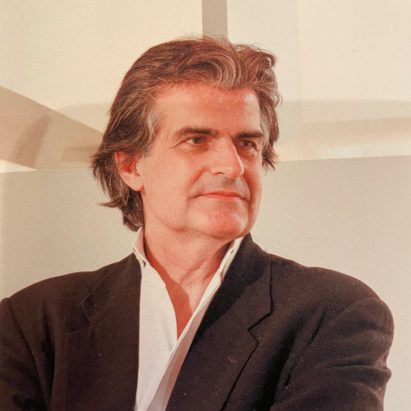
Architecture critic Joseph Giovannini, who coined the term deconstructivism, sets the record straight about its meaning in this interview as part of our series on the style. More
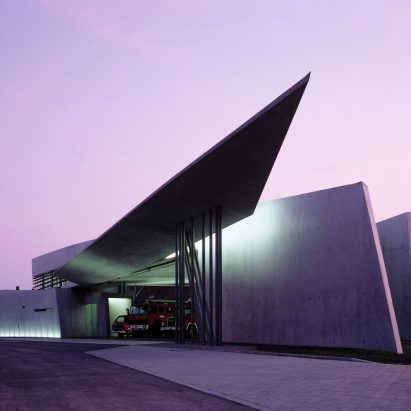
We continue our series on deconstructivism by looking at Zaha Hadid's first major built work, the Vitra Fire Station in Weil am Rhein, Germany. More
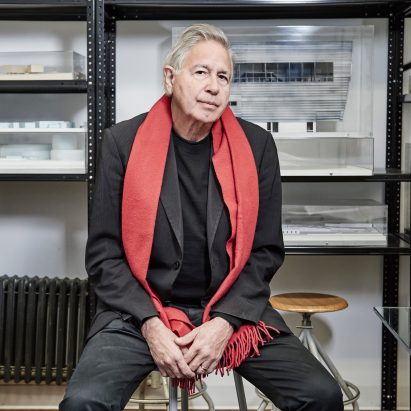
Deconstructivism was built on intellectual rigour and a desire for exploration that contemporary architects do not share, says French-Swiss architect Bernard Tschumi in this exclusive interview as part of our series on the style. More
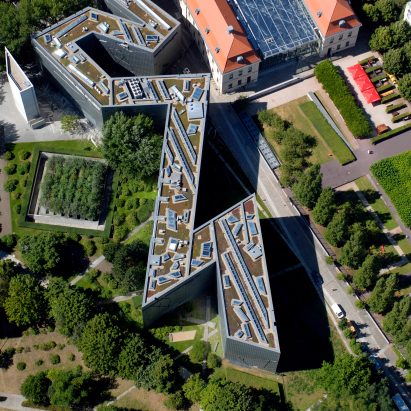
Continuing our series on deconstructivism we look at the Jewish Museum in Berlin, one of the architect Daniel Libeskind's first completed projects. More
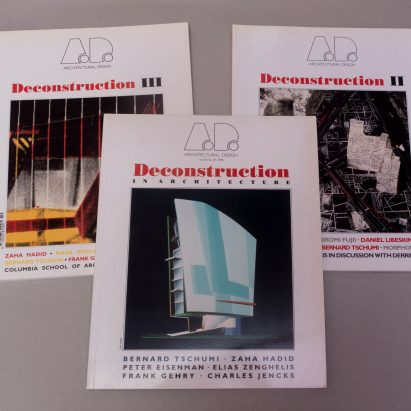
Dezeen's deconstructivism series has overlooked the role publisher and editor Dr Andreas Papadakis played in defining the movement, according to his daughter Alexandra Papadakis. More
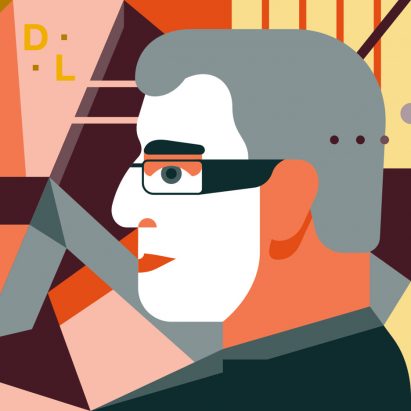
We continue our deconstructivist architecture series with a profile of Daniel Libeskind who designed one of the movement's most evocative buildings, the Jewish Museum Berlin. More
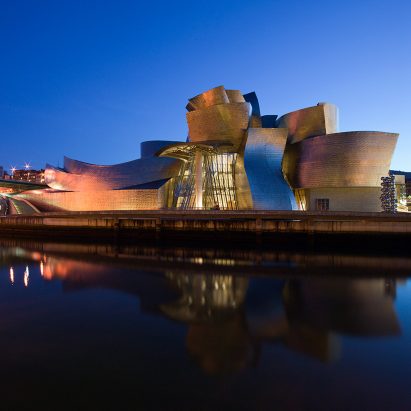
Up next in our deconstructivism series is Frank Gehry's Guggenheim Museum Bilbao, a building that reignited the city's economy and started a global trend for landmark museums. More
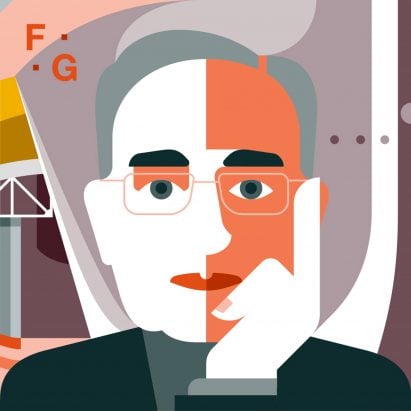
Continuing our series revisiting deconstructivist architecture, we profile Frank Gehry, the Canadian architect who brought global attention to the style with the ground-breaking Guggenheim Museum in Bilbao. More
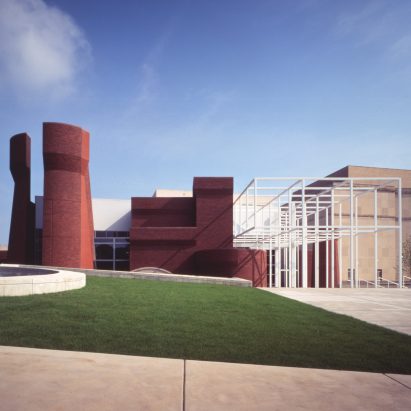
As we continue our deconstructivist series, we look at the Wexner Center for the Arts in Ohio by architect and theorist Peter Eisenman, which he claims "has nothing to do with deconstruction or deconstructivism."
More

Continuing our series revitising deconstructivist architecture, we profile Dutch architect Rem Koolhaas, who is the driving force behind architectural powerhouse OMA. More